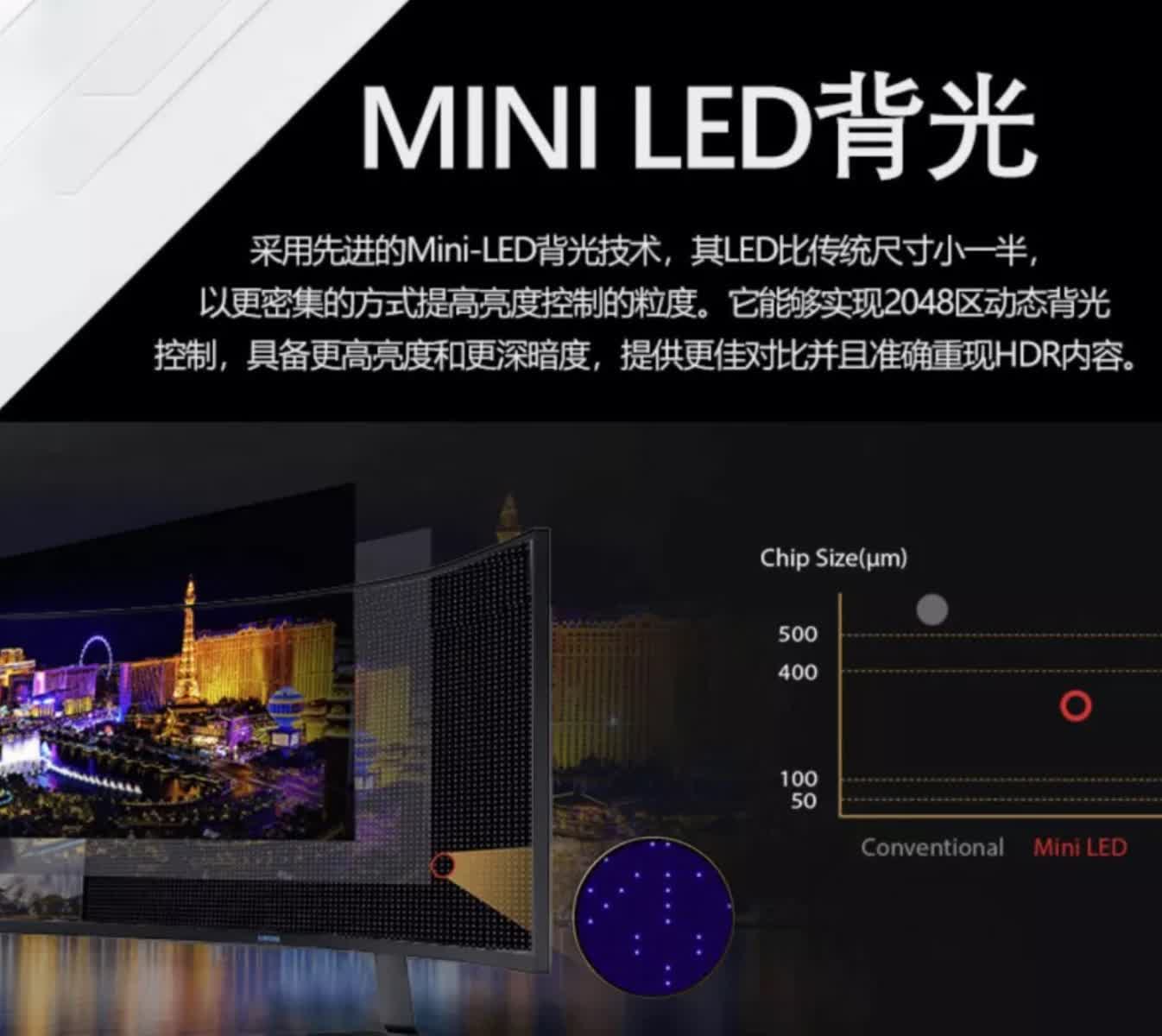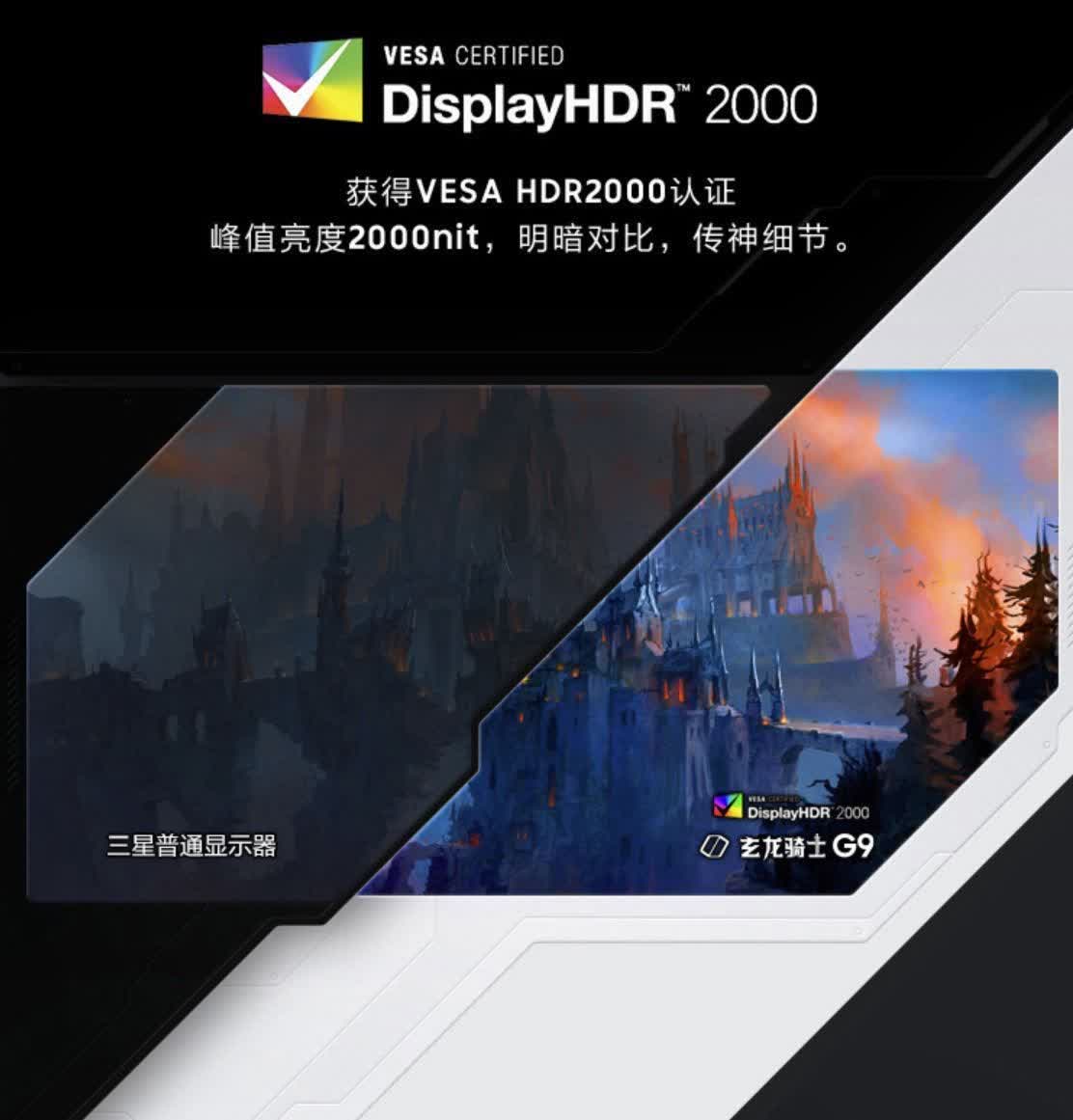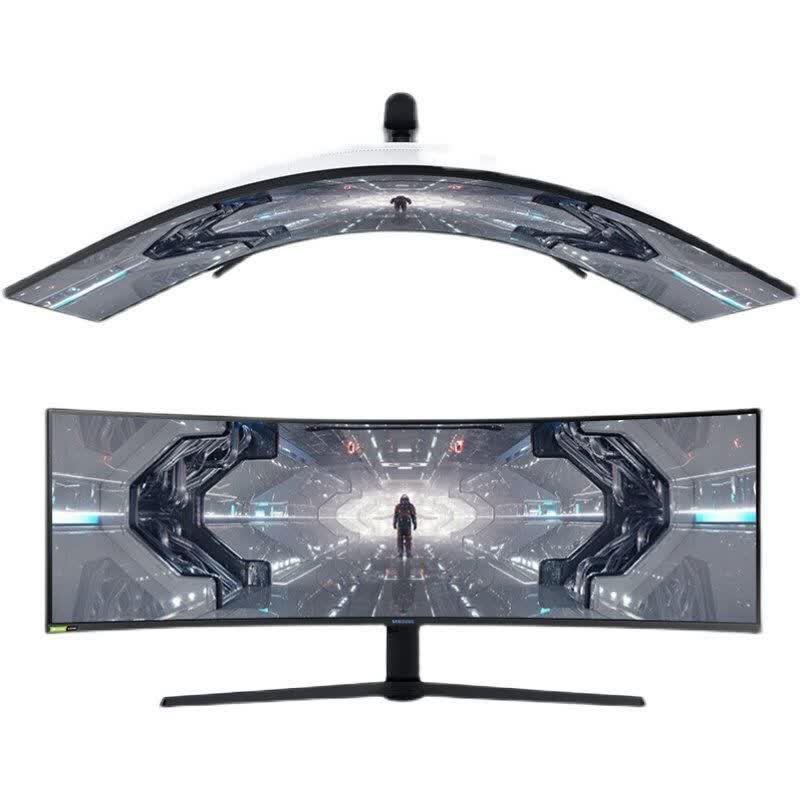Something to look forward to: Samsung’s Odyssey G9 is a 49-inch behemoth that we love, and it looks like the upgraded model will be even better. According to a new listing, the next Odyssey will be the first gaming monitor to support DisplayHDR 2000, which, at 2,000 nits, would make it the brightest available today.

We gave the Odyssey G9 a score of 90 in December, praising its 5120 x 1440 resolution, 240 Hz refresh rate, and good color performance for a VA panel. Samsung recently said the next version would be another tech product to use a Quantum Mini LED display. The OLED-like tech is becoming more popular in TVs, and is expected to feature in Apple’s next iPad Pro—and rumored to be causing production problems.
The 2021 Odyssey G9
What Samsung didn’t mention, however, is that the monitor could be the brightest ever to hit the market. Chinese website Taobao (via VideoCardz) has it listed with VESA DisplayHDR 2000 certification. The current Odyssey is an already bright 1,000 nits, enough to support the HDR10 Standard, and its successor could double that number.
That level of brightness should make HDR content sparkle and let users play in even the brightest of rooms without worrying about glare. And while that 2,000 nits spec hasn’t been officially confirmed, rumors that the monitor would be DisplayHDR 2000 certified have been around for a while.

Elsewhere, the new Odyssey shares many of its predecessor’s features: 49-inch VA panel, 1000R curvature, 240 Hz refresh rate, a 1 ms response time, 5,120 x 1,440 resolution, 10-bit color depth, 95% DCI-P3 color coverage, and support for G-Sync and Freesync Pro. Another improvement in this model is its 2,048 local dimming zones, a feature commonly found in high-end TVs.

All this tech doesn’t come cheap, naturally. The current Odyssey G9 has an MSRP of $1,700, which is about the price of a beefy PC—in normal times, anyway. The upgraded version is listed at 29,999 RMB, which is about $4,600, though that could be a placeholder. It’s set to launch in Asia this June. No word on when the monitor will arrive in other regions.
https://www.techspot.com/news/89281-samsung-next-g9-odyssey-listed-2000-nits-brightness.html

